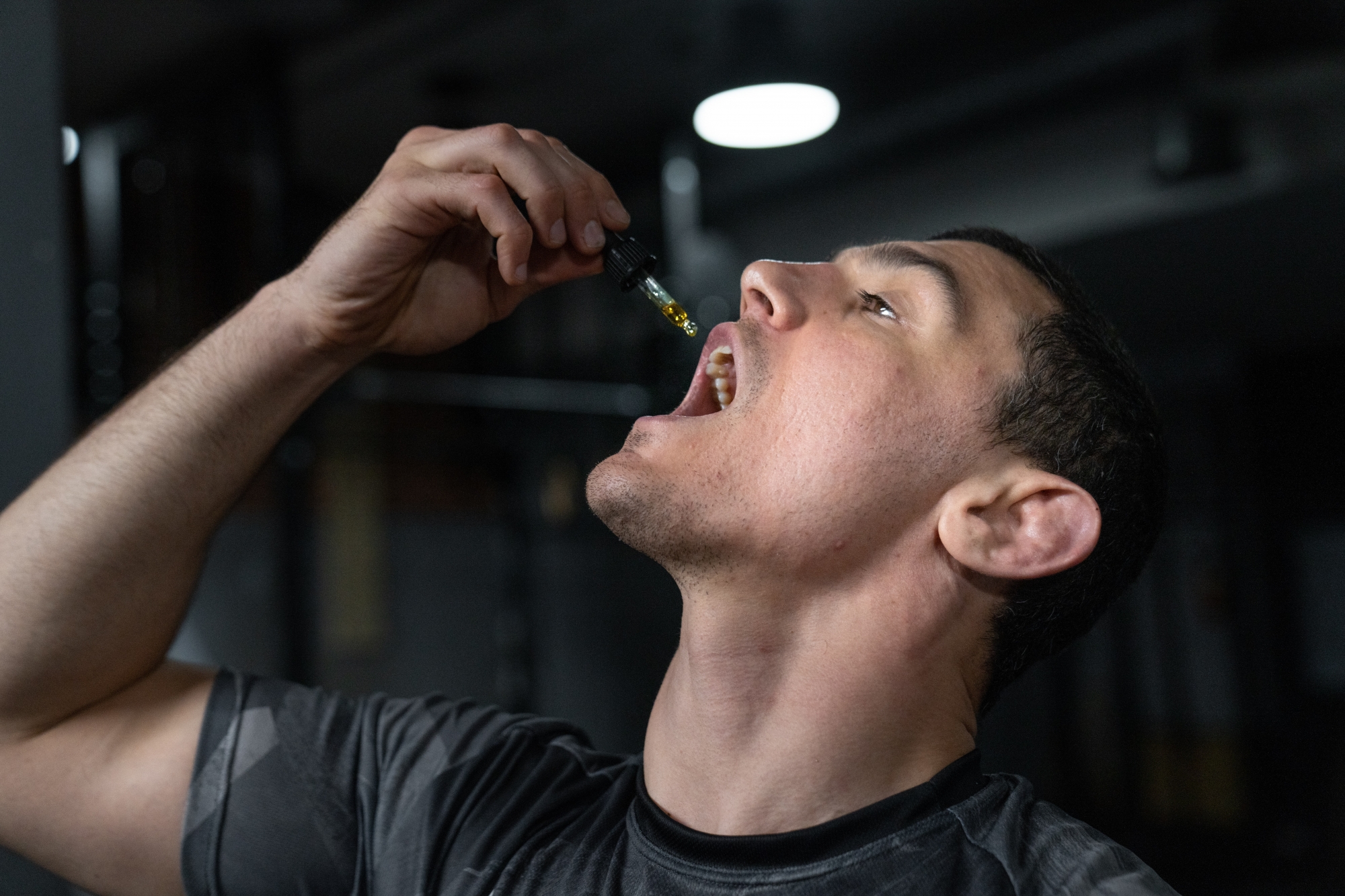You are here
Home 🌿 Medical Cannabis News 🌿 Students want to make sure people are getting what they pay for when purchasing CBD 🌿Students want to make sure people are getting what they pay for when purchasing CBD

A student-led project out of Southern Illinois University (SIU) Carbondale is putting the accuracy of CBD labels to the test.
Santos-Torres worked with SIU researchers Mary and Gary Kinsel to use analytical instrumentation to examine various CBD products, including tinctures, topicals, gummies and pet treats, and their active ingredients. Together, the research team used liquid chromatograph mass spectrometers to separate the CBD from the other ingredients in the products and compared them against five standard CBD solutions.
“Roberto took the two types of data, measured the area of the CBD signals and calculated the amount of CBD using the standard calibration equations,” Mary Kinsel said. “We repeated the extractions up to three times to calculate an average amount of CBD for the CBD consumer products.”
“It is problematic when the public cannot trust that the product labelling is accurate,” said Mary Kinsel.
The letter was prompted by complaints of some producers taking a “static” approach to labelling THC and CBD values. According to Mandesh Dosanjh, president and CEO of Pure Sunfarms, static labelling is when “one potency label is pre-printed and applied across many batches which fall within a pre-determined range to save on costs.”
“What I believe certain producers are trying to do is indicate to consumers that the product they were buying was at a higher potency by using an average,” Dosanjh argued. “As a result, I think they probably saved millions of dollars if they were a large producer.”
420 Intel is Your Source for Marijuana News
420 Intel Canada is your leading news source for the Canadian cannabis industry. Get the latest updates on Canadian cannabis stocks and developments on how Canada continues to be a major player in the worldwide recreational and medical cannabis industry.
420 Intel Canada is the Canadian Industry news outlet that will keep you updated on how these Canadian developments in recreational and medical marijuana will impact the country and the world. Our commitment is to bring you the most important cannabis news stories from across Canada every day of the week.
Marijuana industry news is a constant endeavor with new developments each day. For marijuana news across the True North, 420 Intel Canada promises to bring you quality, Canadian, cannabis industry news.
You can get 420 Intel news delivered directly to your inbox by signing up for our daily marijuana news, ensuring you’re always kept up to date on the ever-changing cannabis industry. To stay even better informed about marijuana legalization news follow us on Twitter, Facebook and LinkedIn.




